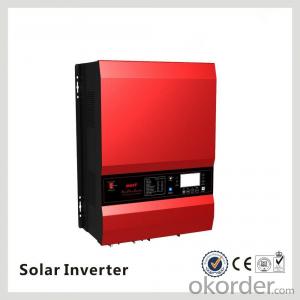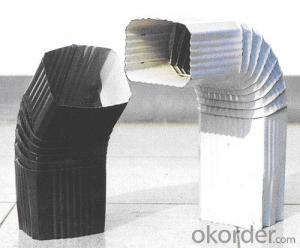5k Solar Inverter
5k Solar Inverter Related Searches
Solar System For Inverter Ac Ac Inverter For Solar Panels Solar Panel With Ac Inverter High Power Solar Inverter Cost Of Solar Power Inverter Best Solar Power Inverter Dc To Ac Inverter Solar Panel Power Inverter Solar Panel Solar Panel Direct To Inverter Inverter To Solar Panel RatioHot Searches
Type Of Inverter For Solar Types Of Inverter For Solar Used Solar Inverter For Sale Inverter Size For Solar System Solar Edge Inverter For Sale 5kw Solar Inverter For Sale Solar Inverter For Sale Solar Inverter For Battery Solar Inverter For Split Ac Solar Inverter For Laptop Solar Inverter For Fridge Solar With Inverter Price Solar Inverter With 2 Battery Solar Inverter Price In China Best Solar Inverter In China Solar Inverter Price In Dubai Solar Inverter Price In Uae Solar Inverter Price In Kenya Solar Inverter Price In Kerala Solar Hot Water Collectors For Sale5k Solar Inverter Supplier & Manufacturer from China
Okorder.com is a professional 5k Solar Inverter supplier & manufacturer, offers integrated one-stop services including real-time quoting and online cargo tracking. We are funded by CNBM Group, a Fortune 500 enterprise and the largest 5k Solar Inverter firm in China.Hot Products
FAQ
- Yes, a solar inverter can be used in regions with high levels of lightning activity. However, it is important to install appropriate lightning protection measures to ensure the safety and functionality of the solar inverter system. This can include surge protection devices and grounding systems to mitigate potential damage caused by lightning strikes.
- A solar inverter can have a significant impact on the payback period of a solar system. The efficiency and reliability of a solar inverter can affect the overall energy production and performance of the solar system. A high-quality inverter can optimize the conversion of solar energy into usable electricity, maximizing the system's output and reducing energy losses. This improved efficiency can shorten the payback period by increasing the amount of electricity generated and therefore the savings on utility bills. Additionally, a reliable inverter can minimize maintenance and replacement costs, further enhancing the financial returns of the solar investment.
- Solar inverters are highly efficient, with most modern models achieving efficiency levels above 95%. This means that they can convert a large majority of the direct current (DC) electricity generated by solar panels into alternating current (AC) electricity for use in homes or businesses. The high efficiency of solar inverters helps maximize the overall energy output and financial benefits of solar power systems.
- The potential risks of overheating a solar inverter include reduced efficiency and performance, increased wear and tear on components, shortened lifespan of the inverter, potential damage to internal circuitry, and even the risk of fire.
- Indeed, a wind turbine can be utilized alongside a solar inverter. Both solar panels and wind turbines yield direct current (DC) electricity, necessitating conversion to alternating current (AC) for household and commercial usage. While solar inverters are specifically devised to convert DC power from solar panels to AC power, they can also accommodate DC power produced by wind turbines. By linking a wind turbine to a solar inverter, the DC power generated by the wind turbine can be transformed into AC power, enabling it to energize electrical appliances or be channeled into the power grid. This amalgamation of renewable energy sources, such as solar and wind, within a single system enhances the dependability and efficiency of energy generation.
- A solar inverter protects against voltage fluctuations by continuously monitoring and regulating the electrical output from the solar panels. It adjusts the voltage and frequency of the direct current (DC) generated by the panels to match the utility grid's alternating current (AC) voltage requirements, ensuring a stable and consistent power supply. Additionally, solar inverters have built-in protection mechanisms such as surge suppression and overvoltage/undervoltage detection, which safeguard the system from voltage spikes or drops, preventing any potential damage to the solar panels or electrical devices.
- Yes, a solar inverter can be used with different brands of solar panels as long as they have compatible specifications and electrical characteristics. However, it is recommended to consult the inverter manufacturer's guidelines or seek professional advice to ensure compatibility and optimal performance.
- Overcharging a battery connected to a solar inverter can lead to several potential risks. Firstly, it can cause excessive heat buildup in the battery, which can lead to reduced battery life and even damage the internal components. Secondly, overcharging can cause electrolyte leakage or gas buildup within the battery, increasing the risk of explosion or fire hazard. Additionally, overcharging can result in the release of toxic gases, such as hydrogen, which can be harmful if not properly ventilated. Finally, overcharging can also have an adverse effect on the overall efficiency of the solar system, as excess energy is wasted during the charging process.















































